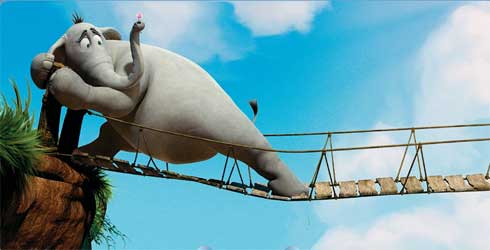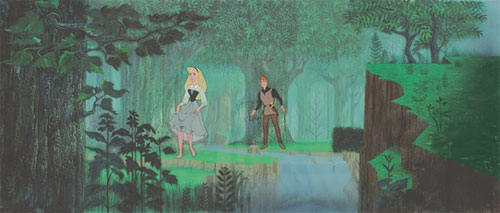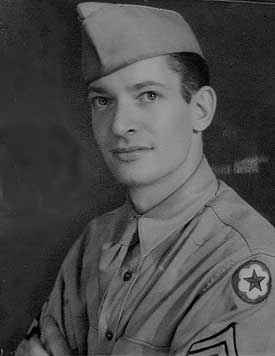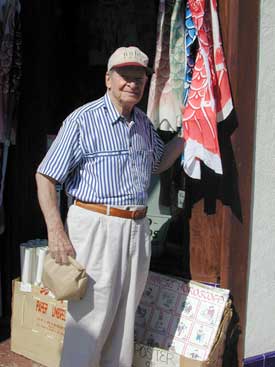
Dr. Seuss was famously protective of his works–and therefore famously reluctant to allow them to be merchandised. The good Dr. left us in 1991 at the age of 87, and while his passing was neither unexpected or premature, what has befallen his creations since his death is nothing short of tragic.
Seuss authorized few products bearing his characters; today, there’s almost nothing they won’t put the Cat in the Hat or the Grinch on. There are “Dr. Seuss” books he had nothing to do with. The live-action features of How the Grinch Stole Christmas and The Cat in the Hat are legendarily awful. (In one of my last conversations with Maurice Noble, designer of the animated Grinch and a friend of Ted Geisel, he told me about seeing the Carrey film: “When it was over, I just sat there and cried.”
Post-Seuss Seuss hasn’t been nothing but vast wasteland: Nickelodeon’s Wubbulous World of Dr. Seuss, for instance, was a TV show he might have approved of, if he’d had the opportunity. And the Seuss section of Orland’s Universal Studios Islands of Adventures theme park is, surprisingly, pretty good and utterly faithful to his spirit. But I can’t imagine anyone other than Audrey Geisel, his widow and the woman who has greenlighted the Strip-Mining of Seuss, arguing that he’d be pleased with what’s been done with his creations over the past seventeen years.
Jimmy Hayward and Steve Martino’s Horton Hears a Who! isn’t an insult to his memory on the level of the live-action features. It has its Seussian moments, in fact–glimmers of a pleasing CGI Seuss film that might have been. Overall, though, impudent is the word that comes to mind when I think of this film. How could anyone think they could make a better Horton Hears a Who! than Dr. Seuss did, by making one which often has precious little to do with his characters and story?
On some level, it’s a fundamentally bad idea to turn any Dr. Seuss tale into a feature film. The book is 72 pages in all, dominated, of course, by pictures rather than plot. The movie is an hour and 28 minutes, the majority of which is necessarily devoted to side stories and padding and heavy-handed moralizing. (When Walt Disney made his own elephant movie, also based on a simple story, he was smart enough to make it one of the shortest features he ever produced.)
The moments in Hollywood’s Horton that are actually drawn from the book are its best. I also liked a scene about the Mayor of Whoville’s dozens of daughters that isn’t in the book, but feels like it could have been. But the movie makers have added a sidekick, a bunch of animal kids, an extended anime parody, an REO Speedwagon song, and multiple other elements that have nothing to do with Seuss and everything to do with CGI animated features in 2008. It’s not so much that they haven’t succeeded in keeping true to the Seuss spirit as that they haven’t even tried.
And oh, I forgot: Jim Carrey is the voice of Horton.
I like Jim Carrey, but it’s hard to imagine anyone less well suited to voicing Horton, a character whose entire point is his placid sincerity. The movie Horton smirks and flounces about and yuks it up and generally behaves a lot like Jim Carrey and very little like Horton the elephant. This film could have been meaningfully better if Blue Sky had merely cast a more apprpriate actor as its title pachyderm.
As for the visuals, there are certainly more than a few hints of Seuss’s imagination and wit. But the imposition of “realism” on the Seuss style makes it paradoxically less believable. As with most CGI films–yes, including Pixar ones–there’s show-offy technical work like Horton’s wrinkled skin. The lighting of almost the entire film seems off–it makes no sense to try and shine quasi-realistic lighting into this gloriously fantastic world. (Dr. Seuss knew what he was doing when he wanted to set one scene in the book at night: He simply colored the background dark blue.)
I don’t mean to sound like a complete crabapple here. I’m willing to accept adapted Seuss that’s not absolutely faithful to the original, such as Bob Clampett’s Horton Hatches the Egg and Chuck Jones’s Grinch. (Jones’s own Horton Hears a Who! is a disappointment–bad Seuss and bad Jones.) But the world didn’t need this Horton. And really, it doesn’t need any more Seuss movies, period. (Scary thought: Horton is a hit, and is preceded by a trailer for Blue Sky’s Ice Age 3, which means we may not have seen the last of Jim Carrey in this role.)
Looking on the bright side, there may be no Seuss books left that anyone’s likely to turn into a big-budget feature film. Although I wouldn’t be stunned to wake up one morning and learn that Will Ferrell’s Marvin K. Mooney Will You Please Go Now! has begun filming…


 While I wasn’t looking, Bob McKinnon’s
While I wasn’t looking, Bob McKinnon’s 
